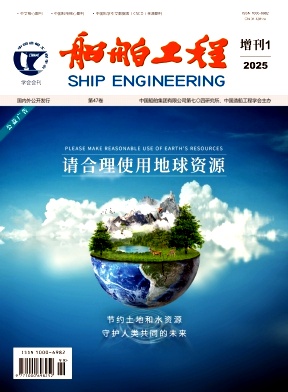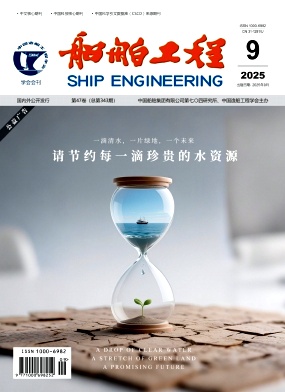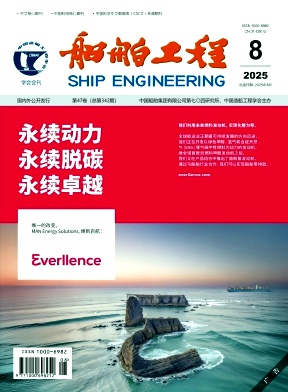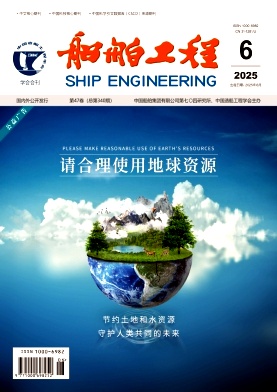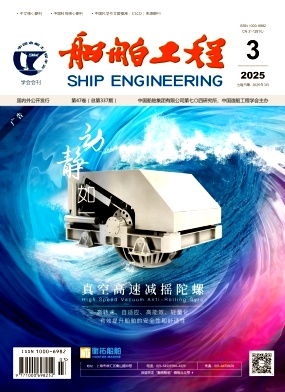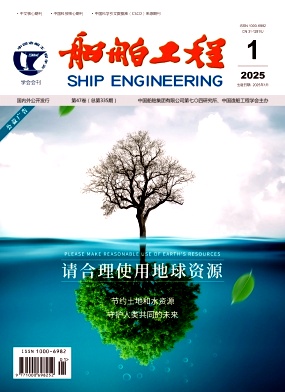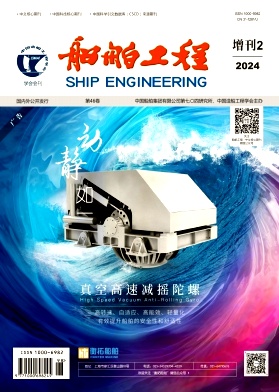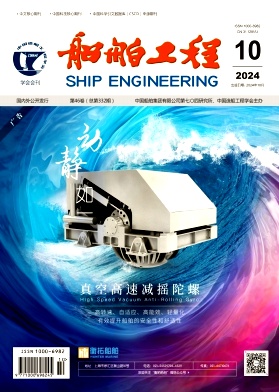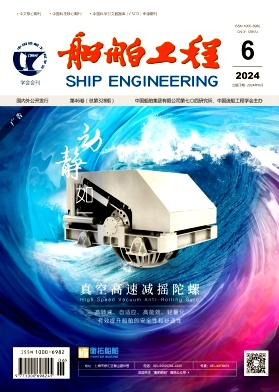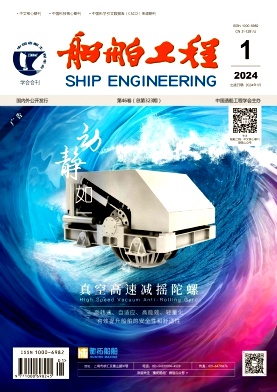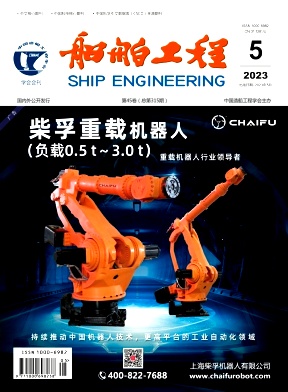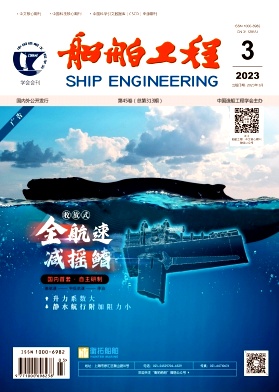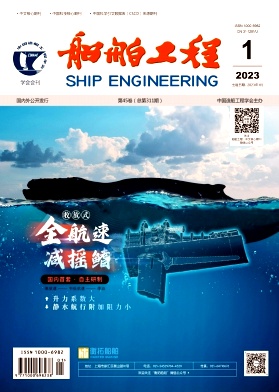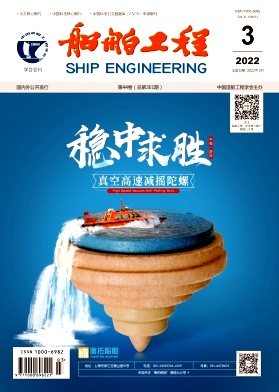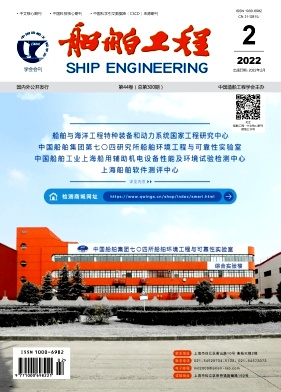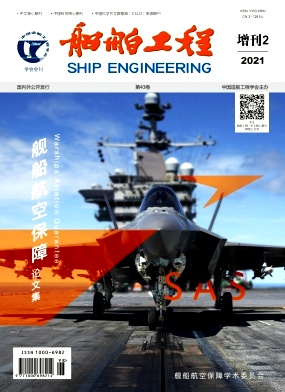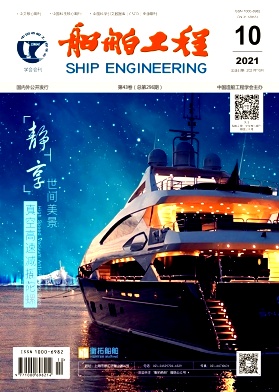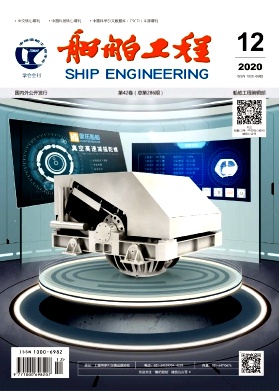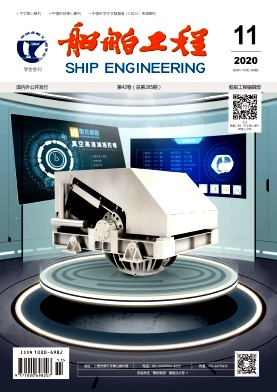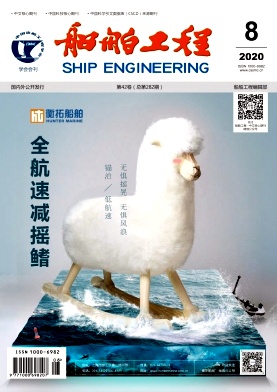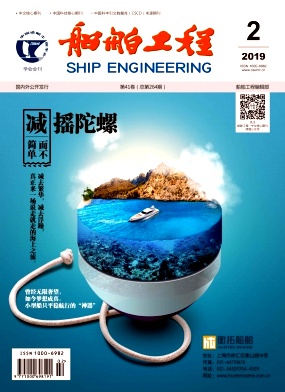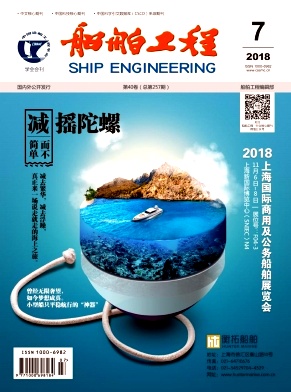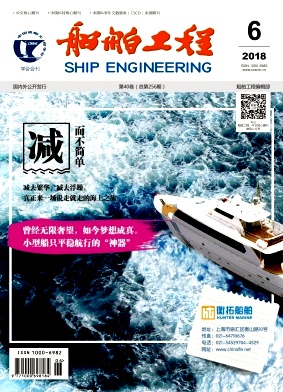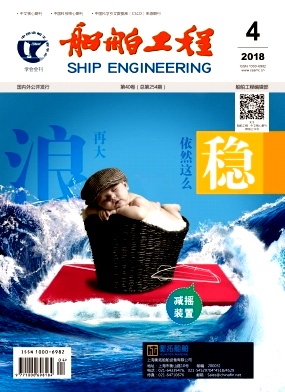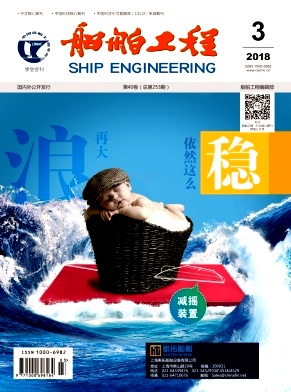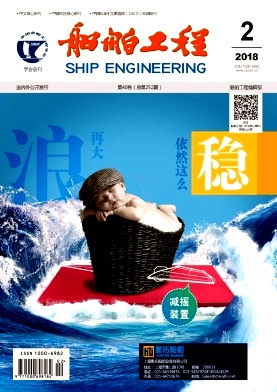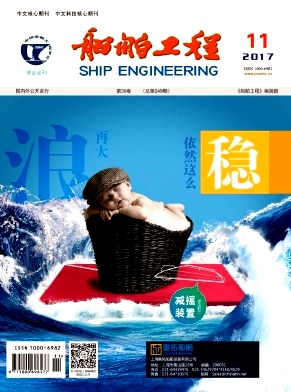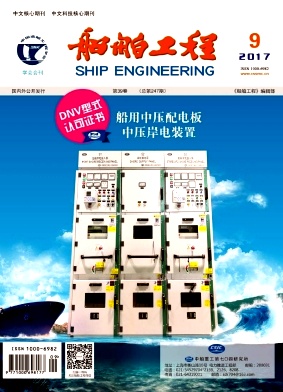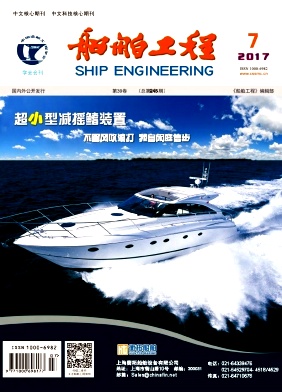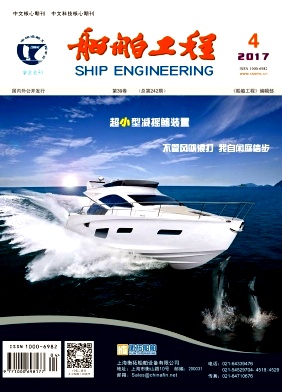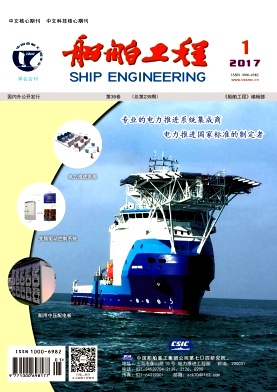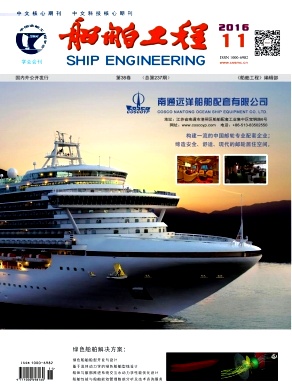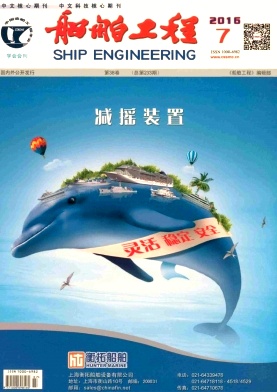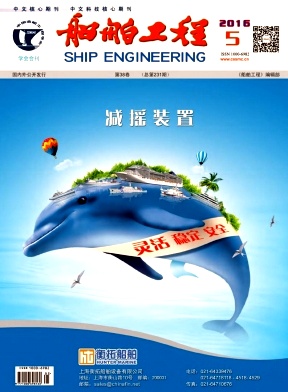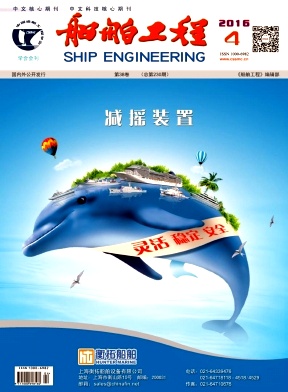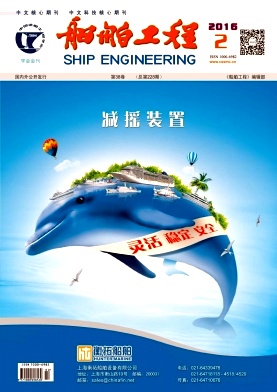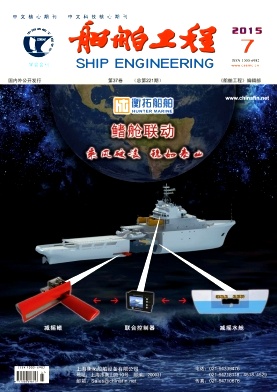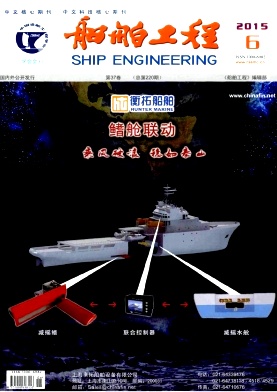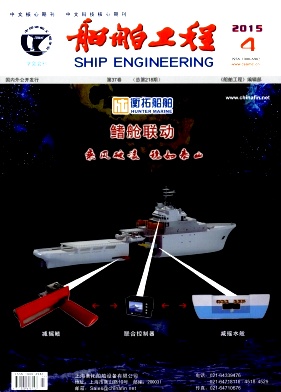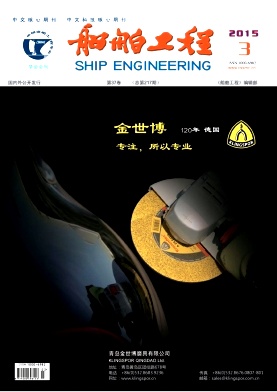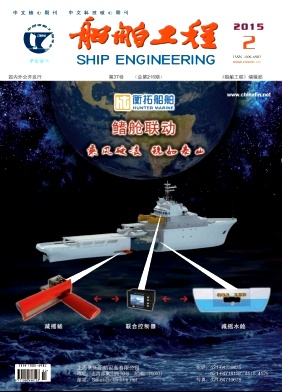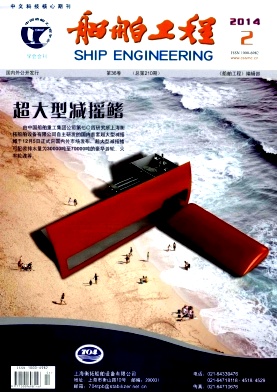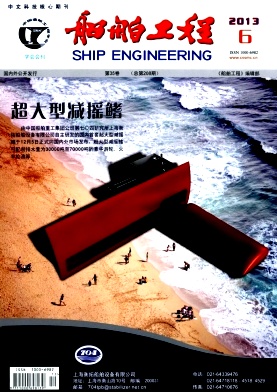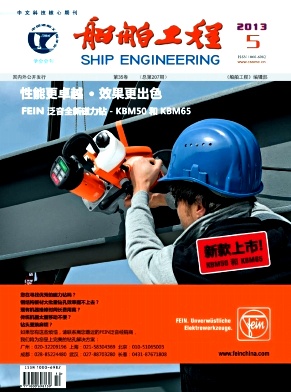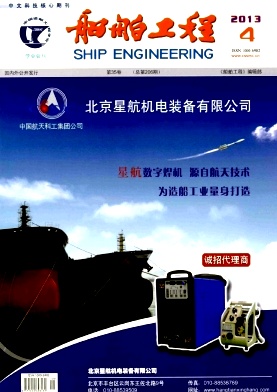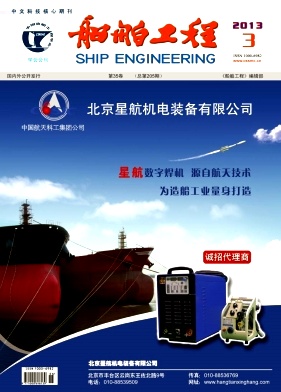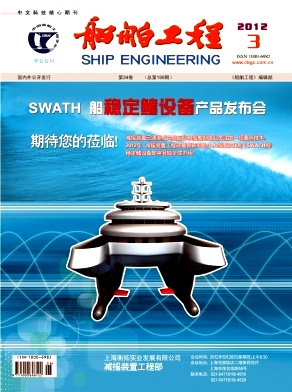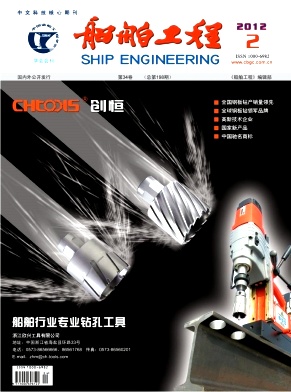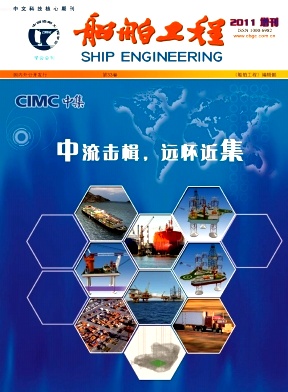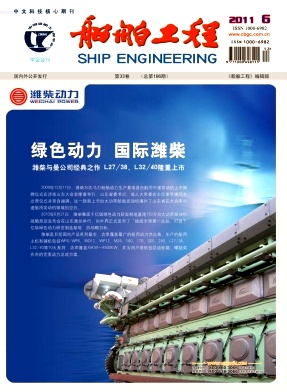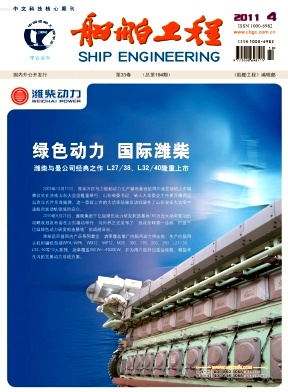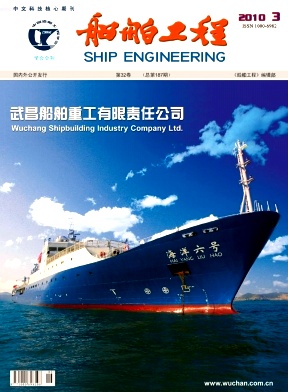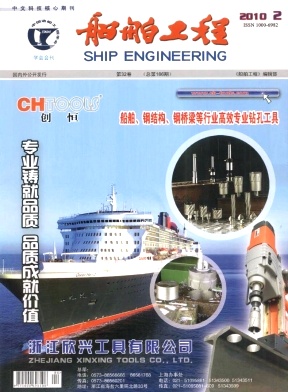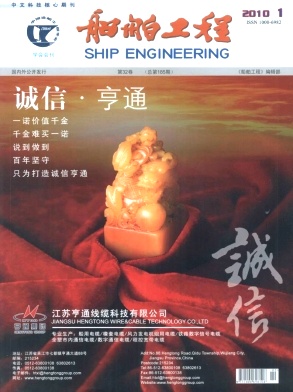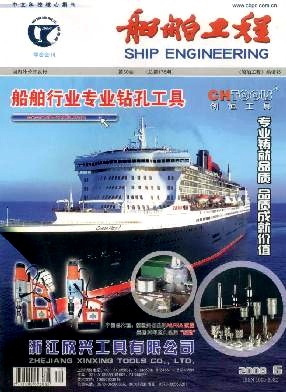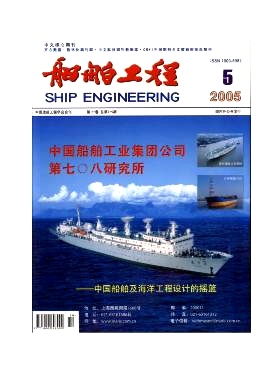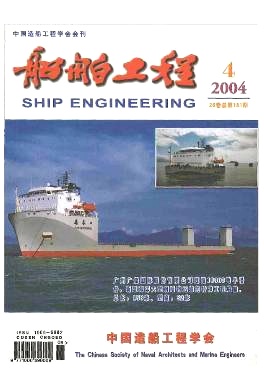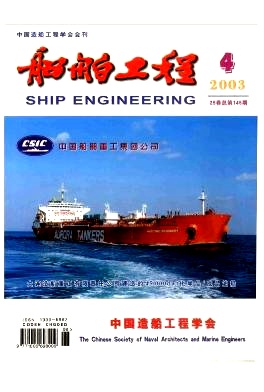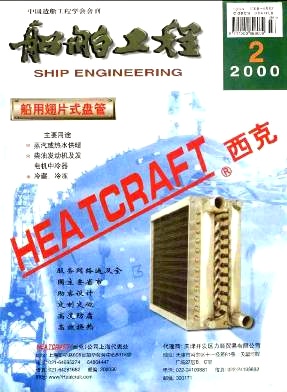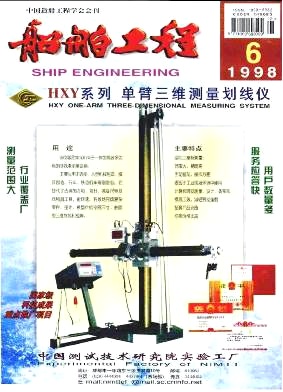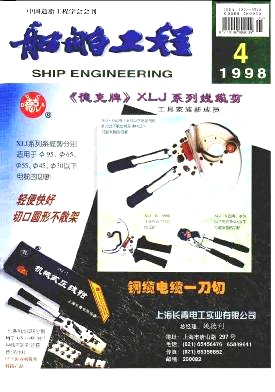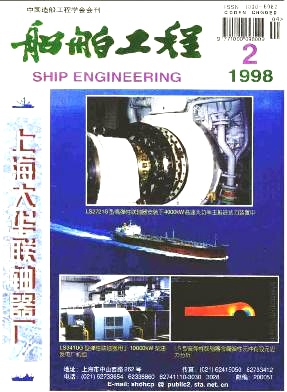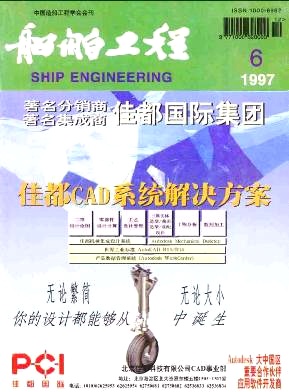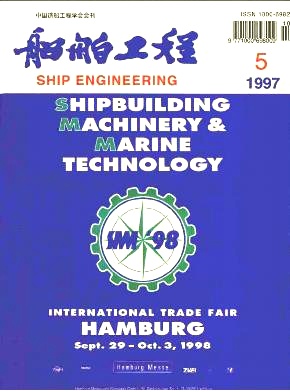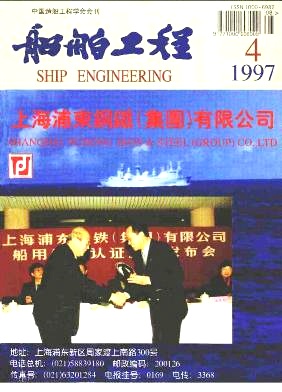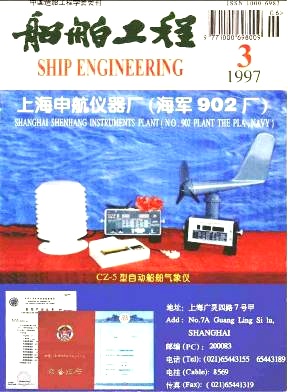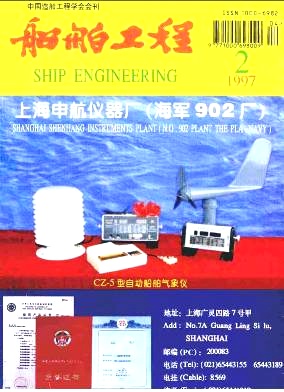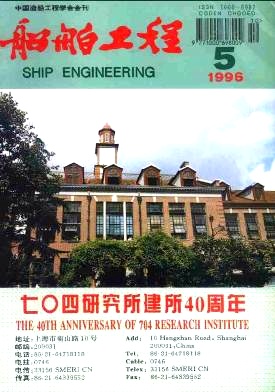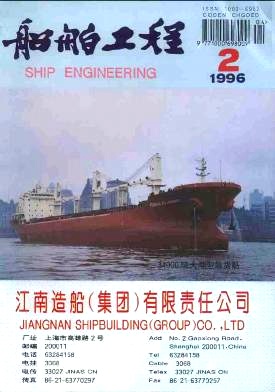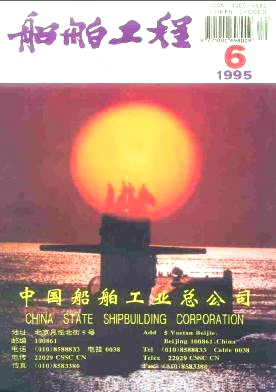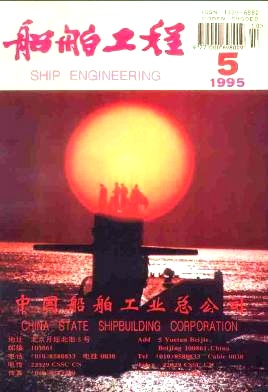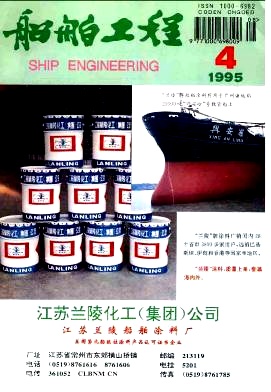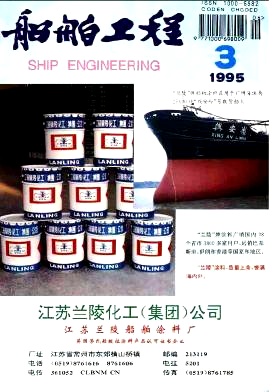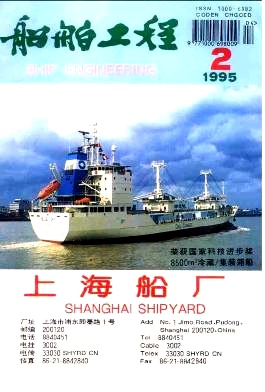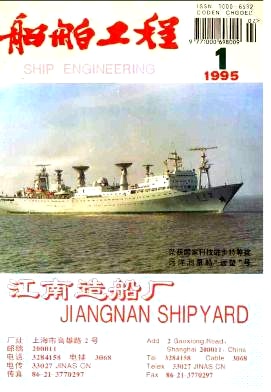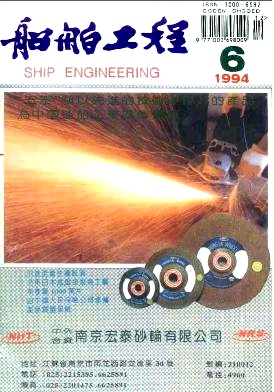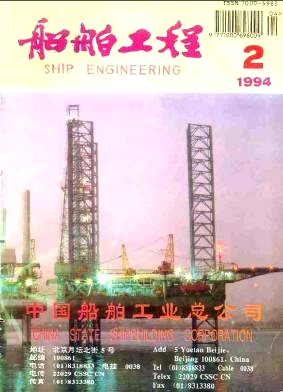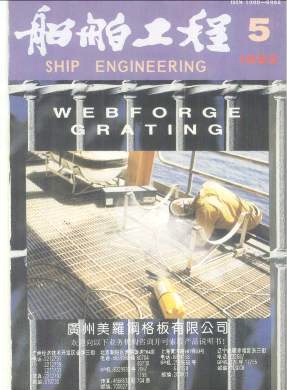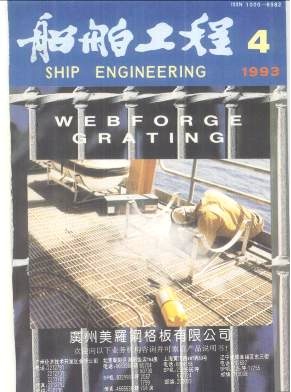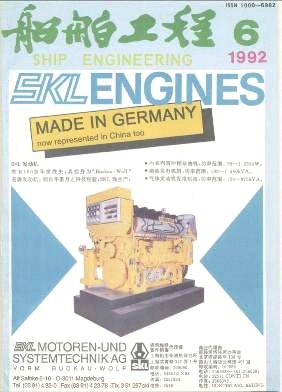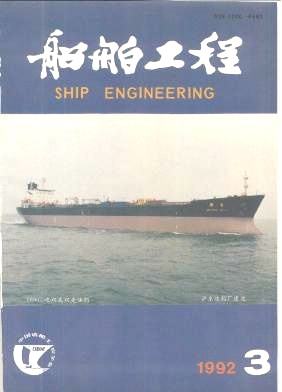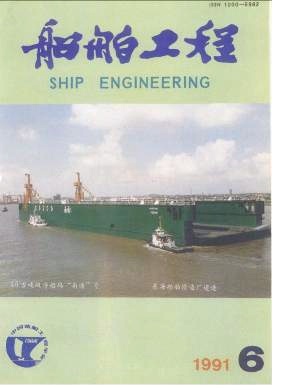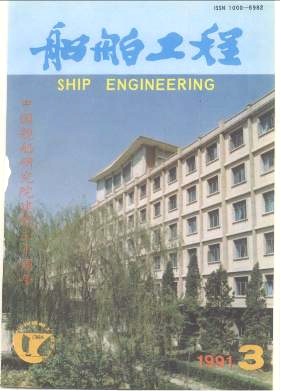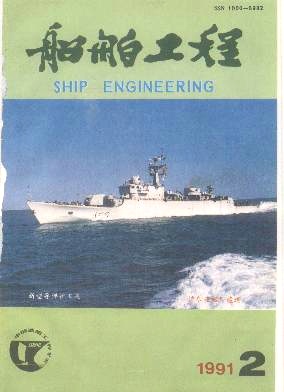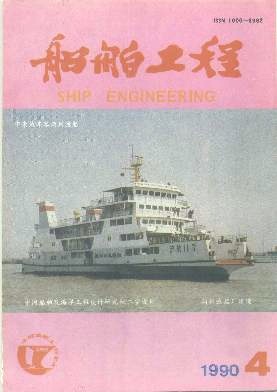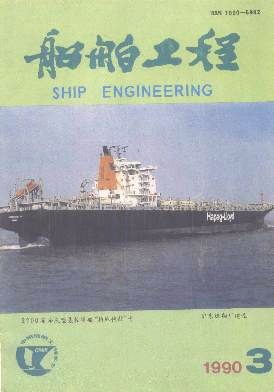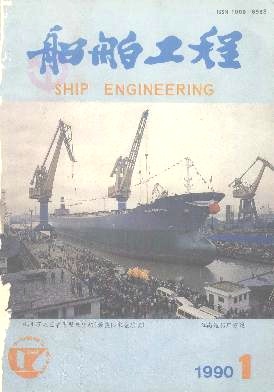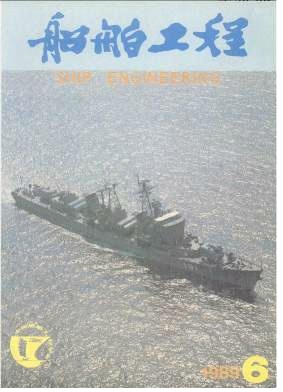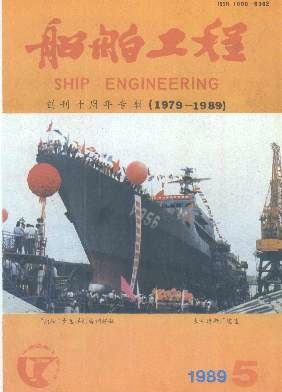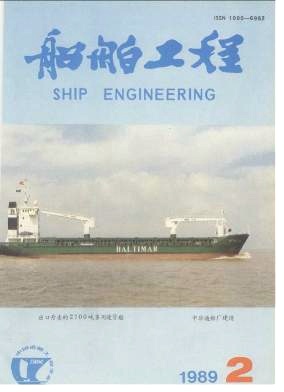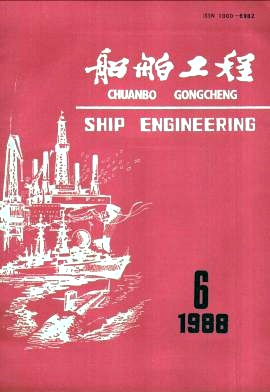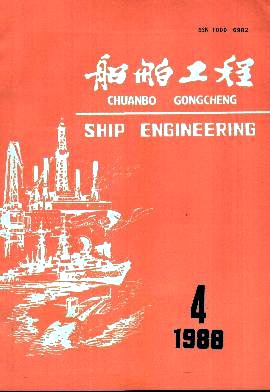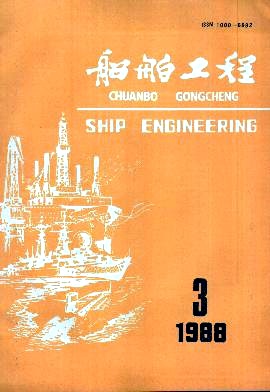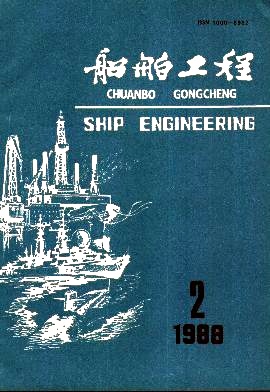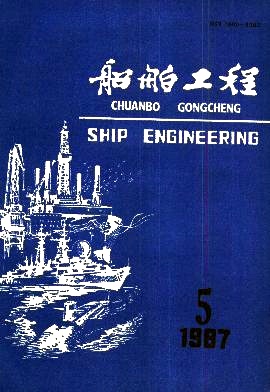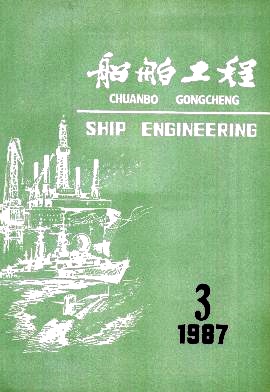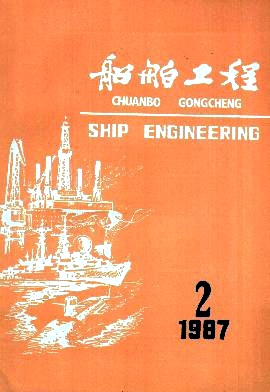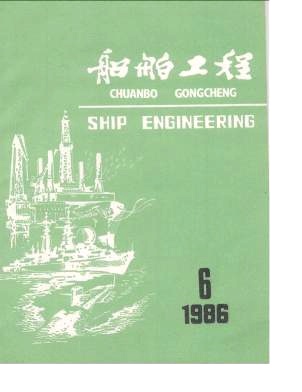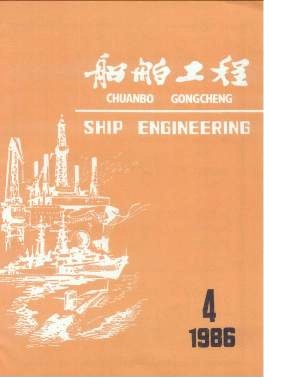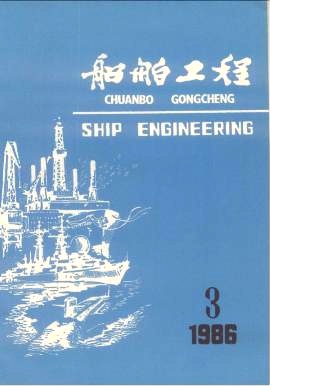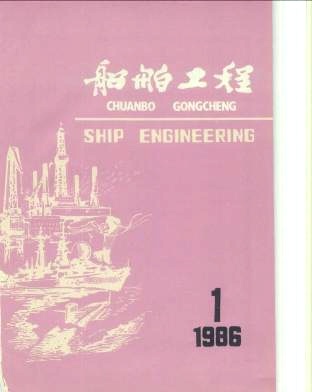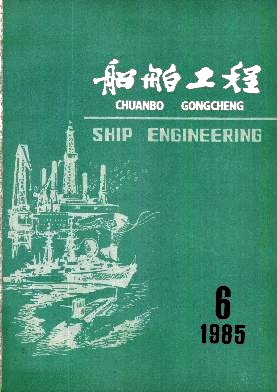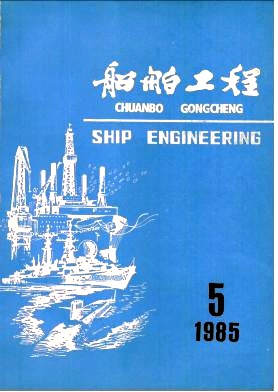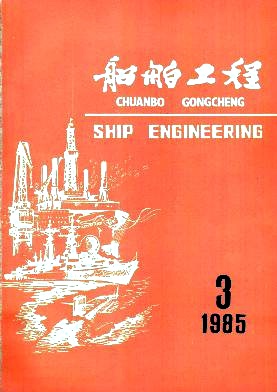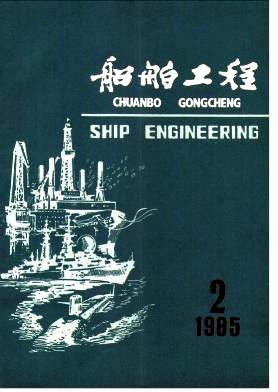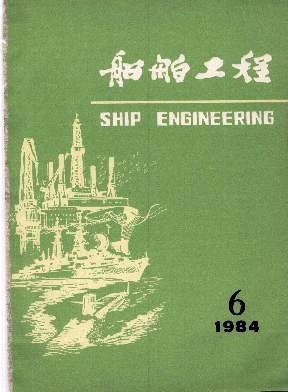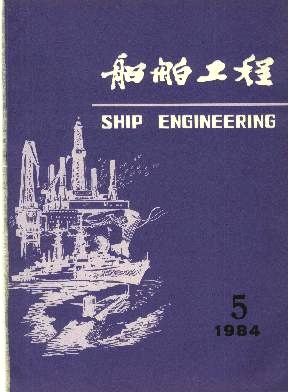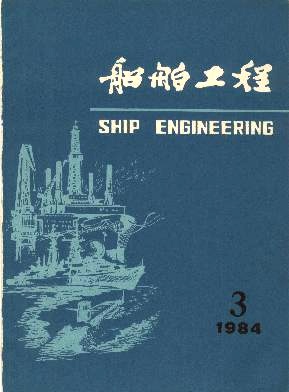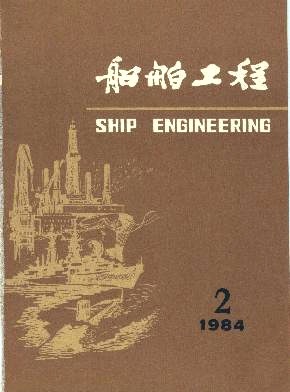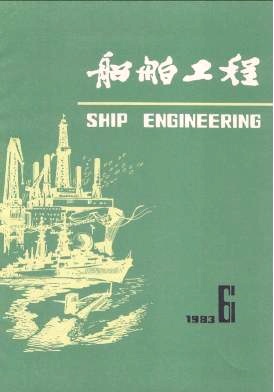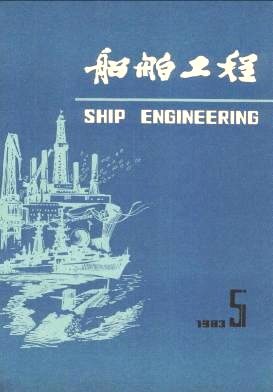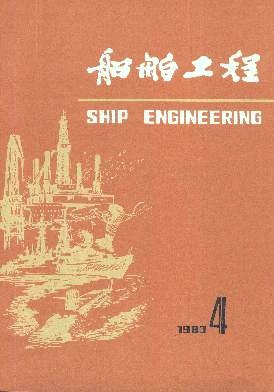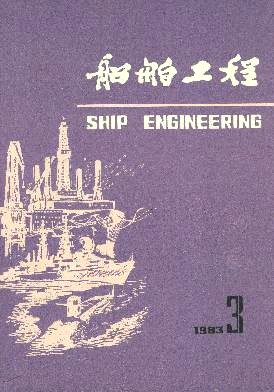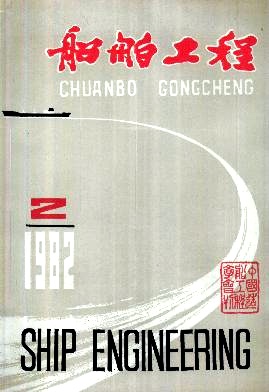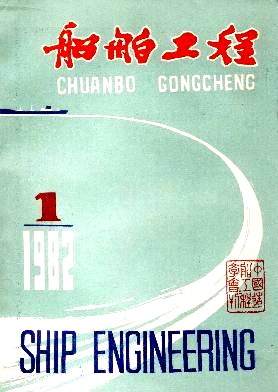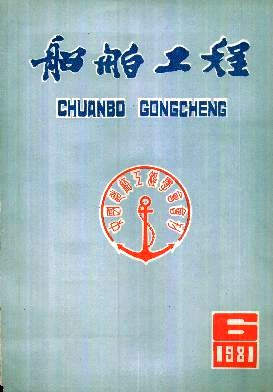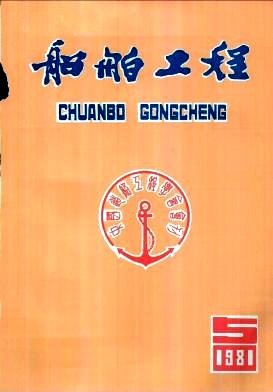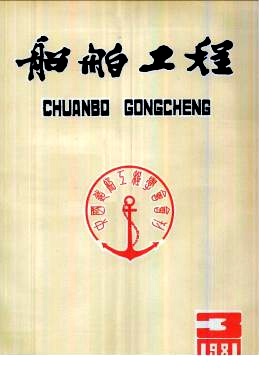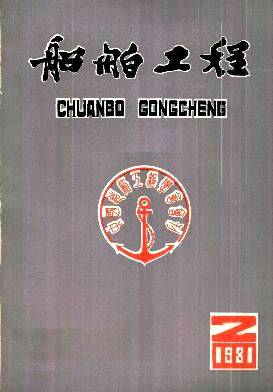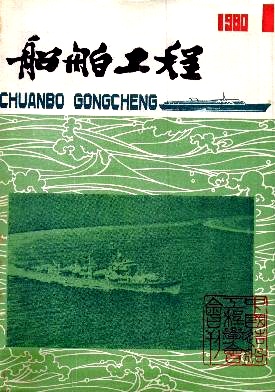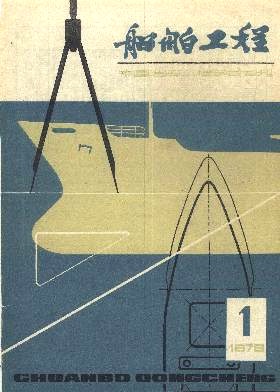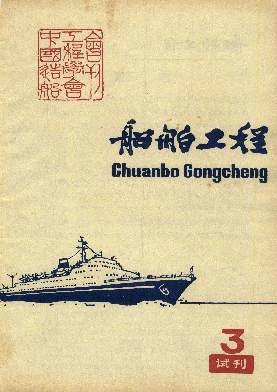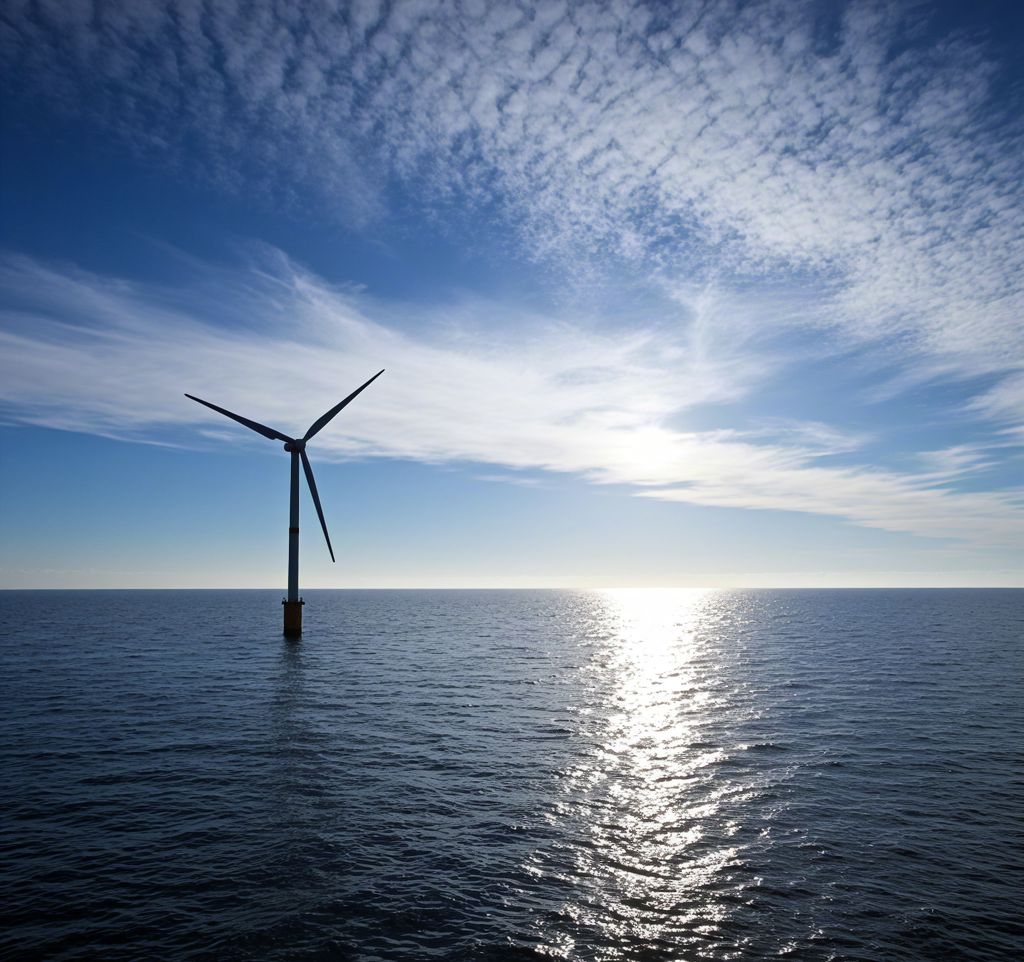
Tracking the information about your manuscript
Communicate with the editorial office
Query manuscript payment status Editors LoginCollecting, editing, reviewing and other affairs offices
Managing manuscripts
Managing author information and external review Expert Information Authors LoginOnline Review
Online Communication with the Editorial Department
Download Center
WeChat official account

International Database


About Journal
Founded in 1979, Monthly
Governed by:
China State Shipbuilding Corporation Limited (CSSC)
Sponsored by:
Shanghai Marine Equipment Research Institute (SMERI), Chinese Society of Naval Architects and Marine Engineers (CSNAME)
Published by:
Editorial Office of Ship Engineering
Email: cbgc@cssmc.cn
ISSN 1000-6982
CN 31-1281/U
Issue 11,2025
Ship Video Image Type Recognition Technology Based on Computer Big Data
Ship Extrication Path Planning and Control MethodUnder Severe lce Conditions
Robust Control with Composite Nonlinear Modificationfor Time-Delay Systems Based on ASimth Predictor
Review and Outlook on Pipeline Systems for Ships Navigatingin Ice-Covered Areas
Research on Ship Reachable Set ComputationUnder Wave Disturbance
more..Formation Navigation Control Method Under Icebreaker Pilotage Conditions
SUN Jiahao;HAN Sen;DING Shifeng;HE Guangwei;ZHOU Li;[Purpose] A formation navigation control method is proposed to effectively mitigate disturbances from complex time-varying environments on formation control accuracy and configuration maintenance during icebreaker-assisted navigation, while balancing formation efficiency and safety. [Method] In the aspect of path planning, a non-uniform Theta algorithm was developed to optimize the global path considering the navigation cost and risk factors. In the aspect of piloting icebreaker control, improved adaptive line of sight(IALOS) algorithm is proposed to compensate the rapid change of sideshow angle caused by time-varying environment interference, and course controller is designed to improve the path following accuracy of piloting icebreaker. In the aspect of following ship control, a trajectory tracking controller based on nonlinear model predictive control(MPC) is designed to adjust ship spacing and speed adaptively to improve the efficiency and safety of formation navigation. [Result] The position deviation of formation sailing can be controlled within 0.25 m, and the spacing of formation can be adjusted according to the ice condition. Under the interference of random wind speed and random wind direction, the position deviation of the formation sailing is not more than 0.6m, and the course Angle of each ship is stable, which ensures the control accuracy and safety of the formation. [Conclusion] The proposed formation navigation control method can provide an efficient and robust solution for formation navigation under the pilotage conditions of icebreakers, effectively deal with complex time-varying environmental interference, and provide technical support for shipping in the Arctic and other polar regions.
Review and Outlook on Pipeline Systems for Ships Navigating in Ice-Covered Areas
ZHU Hongbo;FENG Xianhua;HAN Xu;ZHANG Hao;XIE Zhongliang;[Purpose] In order to solve the problems of inaccurate prediction of fluid-structure interaction responses under complex environmental loads, insufficient systematic analysis under extreme conditions, high practical application costs and low reliability of active control technologies for the piping systems of ice-going vessels in polar regions with extremely low temperatures, ice-breaking impacts and strict noise restrictions, [Method] a systematic review is conducted from the aspects of vibration, vibration reduction and noise reduction, and safety assessment, and the key technical challenges under complex working conditions are deeply analyzed. [Result] Ice-zone vessel piping system technology is evolving from traditional static analysis toward fluid-structure interaction dynamic forecasting, full-lifecycle safety assessment, and intelligent sensing with adaptive control. [Conclusion] The research results point out the future development direction of the piping systems of ice-going vessels and can provide support for the research and development of China's polar vessels.
Real-Time Lightweight Underwater Target Detection Based on Starnet and Transformer
SONG Rong;YAN Shujia;LIU Xinbo;LEI Junsong;MA Lu;[Purpose] Underwater marine organism detection is crucial in marine science and ecology. [Method] Leveraging deep learning-based object detection techniques facilitates the accurate identification and counting of underwater marine life, which is essential for understanding the structure and function of marine ecosystems. However, challenges such as light attenuation, image blurriness, and multi-scale variations complicate the detection process in underwater environments. A novel marine object detection method based on real-time detection transformer(RT-DETR) is proposed, termed RTL-StarDETR. By utilizing the high-dimensional feature expression capabilities of star operations, we construct an improved backbone network using the modified StarNet module, ensuring effective extraction of target features while significantly reducing model parameters and computational complexity. Furthermore, the designed dynamic grouped convolution and shuffle mechanism module(DGCSMM) module demonstrates enhanced feature fusion capabilities and a reduced parameter count compared to the Repblock module. [Result] Extensive experiments conducted on the URPC2021 and ROUD datasets reveal that the proposed method achieves a 1.3% increase in mAP0.5 and mAP0.5-0.95 compared to the original RT-DETR-r18 model, while simultaneously decreasing the number of parameters and computational cost by 33.7% and 37.2%, respectively. [Conclusion] These results suggest that RTL-StarDETR effectively addresses the challenges of underwater object detection.
Ship Extrication Path Planning and Control Method Under Severe Ice Conditions
YAN Lingxiao;HAN Sen;SUN Jiahao;DING Shifeng;ZHOU Li;[Purpose] With the increasing demand for Arctic shipping channels, the safety and extrication capabilities of ships in severe ice conditions have become significant challenges. To address this issue, [Method] a risk and angle constraints-based Theta*(RAC-Theta*) algorithm combined with a nonlinear model predictive control(MPC) method has been proposed for the extrication strategy. The RAC-Theta* algorithm can dynamically adjust the route to select the optimal steering time and escape route, considering both the ship's navigational risk and the extrication cost. The nonlinear MPC effectively follows the extrication path, enhancing the ship's extrication control in complex ice conditions. [Result] Simulation results demonstrate that the control system can maintain navigational stability in dense ice areas, particularly when the ship encounters large ice floes, allowing for rapid extrication through path planning and secondary planning. The nonlinear MPC controller exhibits strong robustness in controlling surge and sway speeds, which improves the ship's navigation safety and maneuverability. [Conclusion] In conclusion, the proposed extrication strategy optimizes the timing and path of extrication, providing crucial technical support for the safe navigation of ships in ice-covered areas.
News
Links
Page Views
Online First
Experimental on the Mechanical Behavior of Multiplanar Thin-Walled Circular Steel Tubular KK Joints with Concrete Filled in the Joint Area
Prediction of Ship Motion Based on Collaborative Model
Marine Vessel Speed Optimization Method Based on an Improved NSGA-Ⅲ Algorithm
Research on Vibration Response and Vibration Reduction of Jacket Offshore Wind Turbines
Research on Wave Generation in Small Experimental Water Pools
CFD-Based Hydrodynamic Analysis of a Deep-Sea Wheeled Robot
Intelligent Recognition Algorithm for Lashing Eyeplates in Container Ships Based on Improved PointNet++
Stress Analysis and Flexible Design of Steam Pipeline for Ships Sailing in Ice Area
more..